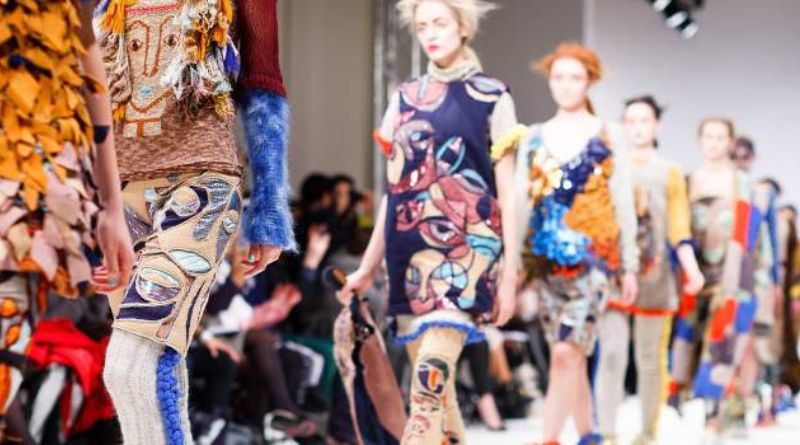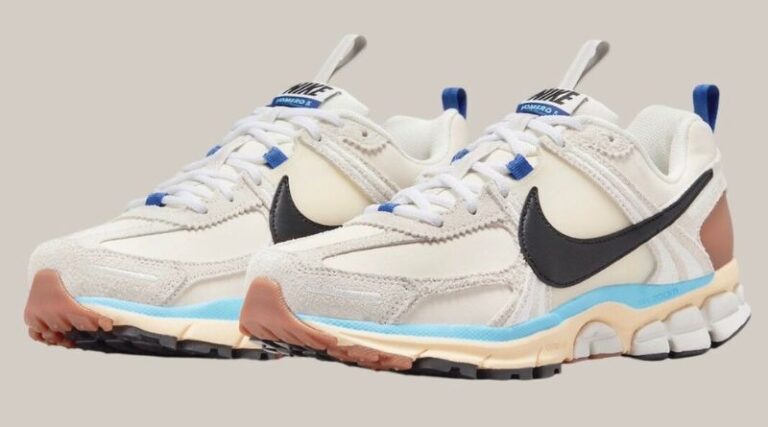
The fashion industry is an ever-evolving and dynamic sector that plays a significant role in shaping global cultures, economies, and social identities. From high-end runway shows to street style trends, fashion influences how people express themselves and interact with the world. It encompasses a wide range of processes, including the design, manufacturing, marketing, and retailing of apparel, accessories, and beauty products. This article will delve into the different aspects of the fashion industry, its impact on society, its challenges, and its future trajectory.
Table of Contents
Understanding the Fashion Industry
The fashion industry is an expansive networks of businesses that creates, promotes, and distributes clothing and accessories. It involves various players, including designers, manufacturers, marketers, retailers, and consumers. The industry’s primary goal is to create products that reflect cultural trends and provide consumers with an opportunity to express their individual identities.
Fashion, at its core, is a form of self-expression. From the earliest forms of clothing to today’s extravagant couture, fashion has allowed individuals to communicate their status, taste, and personality. Over time, the industry has become a major economic force, influencing everything from job creation to global trade.
Key Components of the Fashion Industry
- Design
Designing is one of the most critical aspects of the fashion industry. It involves creativity and innovation, where designers come up with new collections for differents seasons. Fashion designers usually work months in advance to forecast trends and incorporate cultural, social, and political influences into their designs. High-fashion designers often showcase their work in exclusive runway shows, while other brands may focus on ready-to-wear collections that are more accessible to a larger audience. - Manufacturing
After a design is created, the manufacturing process begins. The production phase involves sourcing materials, creating patterns, cutting fabrics, and sewing garments. With global supply chains, many fashion items are produced in countries with lower labor costs, such as China, Bangladesh, and India. However, the rise of sustainable fashion has led to a shift toward more ethical and eco-friendly production methods. Brands are now more conscious about how their clothes are made and are striving to reduce waste and promote fair labor practices. - Retailing
The retail aspect of the fashion industry is what connects designers and manufacturers with consumers. Retailers can range from high-end department stores to fast-fashion chains, e-commerce platforms, and boutique shops. Today, the shopping experience has been transformed by the internet, with online shopping becoming the norm for many consumers. The fashion industry has adapted to digital trends by investing heavily in e-commerce websites, social media platforms, and influencer marketing. - Marketing
Fashion marketing is another crucial element that drives the success of the industry. It involves promoting fashion brands through advertisements, social media campaigns, fashion influencers, and celebrity endorsements. Fashion marketing seeks to create emotional connections with consumers, conveying not just the product’s functionality but also its cultural significance. Through storytelling, brands position their products as symbols of identity, belonging, or exclusivity, depending on the target demographic. - Sustainability and Ethical Fashion
In recent years, there has been a growing demand for sustainability within the fashion industry. Consumers are becoming increasingly aware of the environmental and social impacts of fast fashion. The industry is notorious for its negative effects on the environment, including water waste, textile pollution, and carbon emissions. As a result, brands are pivoting toward sustainable practices, such as using eco-friendly materials, reducing waste through recycling, and adopting fair trade practices. Ethical fashion also encompasses improving the conditions for workers in garment factories by ensuring fair wages and safe working environments.
The Role of Technology in Fashion
The influence of technology on the fashion industry cannot be overstated. Technological advancements have streamlined design processes, improved production efficiency, and revolutionized the way consumers shop. Some notable examples include:
- 3D Printing: Designers are now using 3D printing to create intricate clothing and accessories, enabling a faster and more customizable production process.
- Artificial Intelligence (AI): AI is used in predicting trends, analyzing consumers behavior, and optimizing inventory management. This helps fashion brands to offer products that are in high demand and reduce waste.
- Virtual Reality (VR): VR is being used in fashion shows and online retail experiences to provide consumers with interactive and immersive shopping experiences.
- Sustainable Innovation: Technological advancements are also helping to create sustainable alternatives to traditional fashion production methods, such as biodegradable fabrics and waterless dyeing technologies.
Challenges Facing the Fashion Industry
While the fashion industry has enjoyed significant growth, it faces several challenges that could affect its future. These include:
- Fast Fashion
The fast fashion model, where clothing is produced quickly and cheaply to meet the latest trends, has raised concerns about overconsumption and environmental degradation. The industry produces massive quantities of clothing, much of which ends up in landfills. As a result, many consumers and activists are calling for a shift toward more sustainable and slow fashion. - Labor Issues
The fashion industry has faced criticism for exploiting workers in developing countries, where labor laws are often lax. Many garment factory workers work long hours for low wages, and unsafe workings conditions are common. Brands are under increasing pressure to ensure their supply chains are ethical and transparent. - Counterfeit Goods
The proliferation of counterfeit fashion products, particularly luxury goods, is another challenge the industry must contend with. Counterfeit items harm brand reputation, lead to financial losses, and sometimes involve unethical practices. The rise of online marketplaces has made it easier for counterfeit goods to be sold, creating further obstacles for authentic brands. - Consumer Behavior
With the increasing awareness of environmental and social issues, consumer behavior is changing. Many are now opting for secondhand clothes, renting garments, or purchasing from sustainable brands. This shift toward conscious consumption is forcing traditional retailers to rethink their strategies and embrace more sustainable practices.
The Future of the Fashion Industry
The fashion industry is in the midst of a transformations. Sustainability, digitalization, and ethical practices are taking center stage. Brands that adapt to these changes will likely thrive, while those that resist innovation may struggle to stay relevant. The future of fashion seems to be one where style and sustainability coexist, where technology enhances creativity, and where consumers are more conscious of the impact of their purchasing decisions.
The rise of virtual fashion and digital clothing is also a signs of what’s to come. With more people embracing the metaverse and virtual worlds, digital fashion could become a new frontier, allowing consumers to buy and wear clothing in digital environments. The fashion industry is not just about physical garments anymore; it’s expanding into the digital realm, with endless possibilities for self-expression and creativity.
FAQs About the Fashion Industry
1. What is the fashion industry?
The fashion industry encompasses the design, creation, manufacturing, marketing, and retailing of clothing, accessories, and beauty products. It is a global network of businesses that cater to consumer demands for style and trends.
2. How does the fashion industry impact the environment?
The fashion industry has a significant environmental impact, including water usage, textile waste, and carbon emissions. However, growing awareness has led to the adoption of more sustainable practices, such as eco-friendly materials, recycling, and waste reduction.
3. What is fast fashion?
Fast fashion refers to the rapid production of inexpensive clothing designed to capture the latest trends. While it provides affordable options for consumers, it has been criticized for promoting overconsumption and contributing to environmental harm.
4. How can consumers support ethical fashion?
Consumers can support ethical fashion by buying from brands that prioritize sustainability, fair labor practices, and transparency. Purchasing secondhand clothes, renting garments, or choosing quality over quantity are also great ways to contribute to ethical fashion.
5. What are the trends shaping the future of the fashion industry?
Some of the key trends shaping the future of the fashion industry include digital fashion, sustainable materials, artificial intelligence in design and marketing, and greater consumer demand for transparency and ethical practices.






